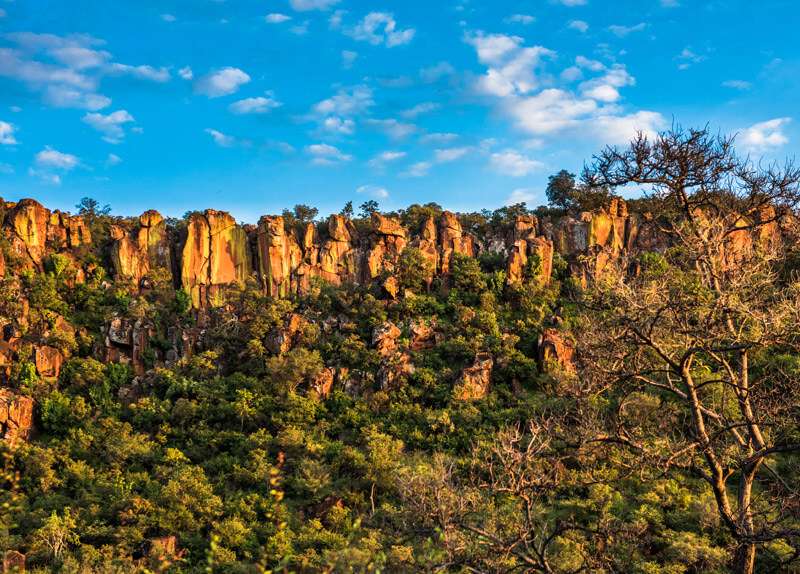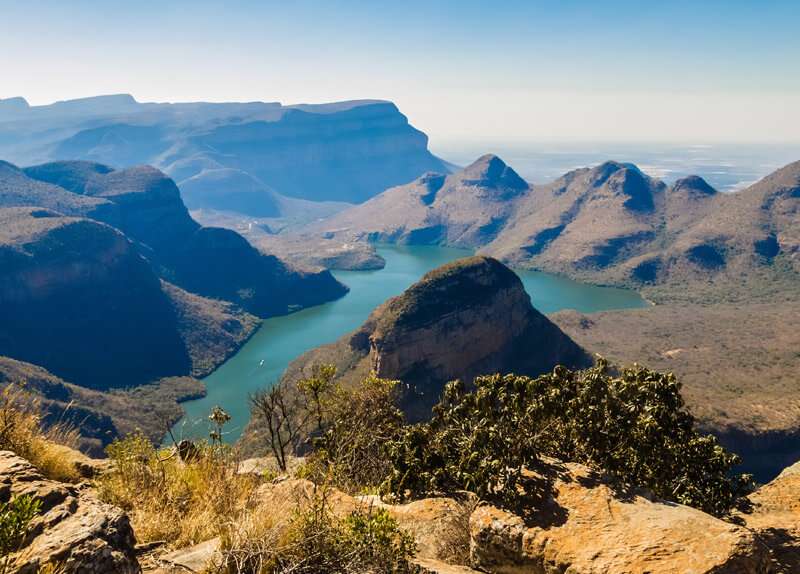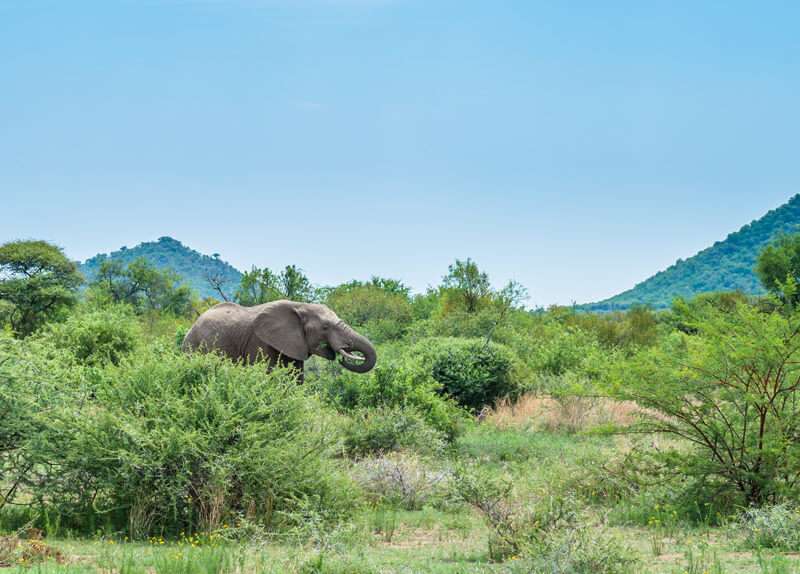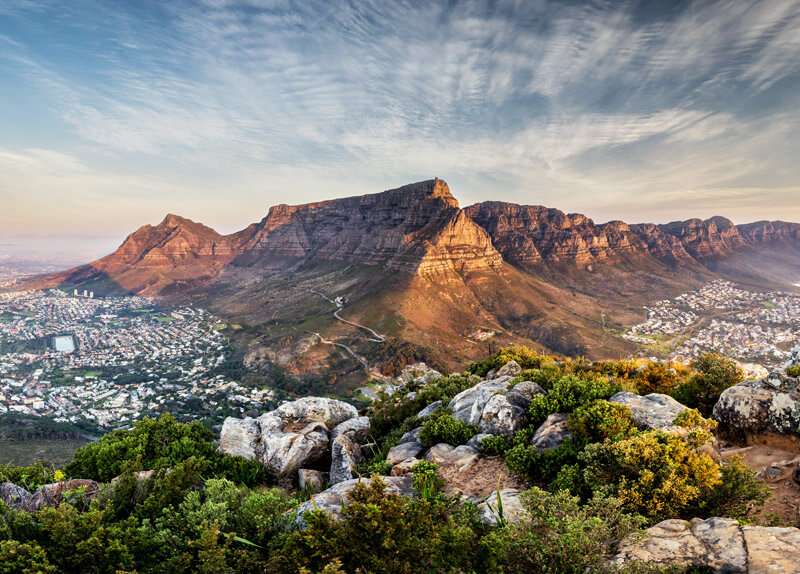South Africa is a country which has more than 20,000 different types of plants, or about 10 percent of all the known species of plants on earth, making it particularly lush. The Fynbos Biome is one of the six floral kingdoms in South Africa; it is located in a small region of the Western Cape and contains more than 9,000 species, making it among the greenest places on earth. The majority of the plants are evergreen, hard-leaf plants with fine, needle like leaves, such as the sclerophyllous.
During August to September fantastic displays of flowers can be viewed in the West Coast Nature Reserve which is situated around 1 hours drive north of Cape Town. In the Postberg area of the park there are masses of white, pink and orange flowers which follow the sun throughout the day - if you go to view these flowers, the sunnier and brighter the day the better your experiene will be!!
Another particularly South African plant is the Protea, there are 130 different species recorded in South Africa. The King Protea, also known as Giant Protea or Honeypot, is the largest member of the Protea family. It is widely distributed in the southwestern and southern parts of parts of South Africa. The King Protea is the national flower of South Africa.
While South Africa has a great wealth of flowering plants, it has a shortage of forest resources. Only 1% of South Africa is forest, almost entirely along the coast in KwaZulu-Natal. The original temperate forest that met the first European settlers to South Africa was cleared until only small patches remained. Currently, South African hardwood trees like yellowwood, stinkwood, and ironwood are under constant management and protection by environmental groups.
South Africa's most widespread biome is grassland, particularly on the Highveld, where the plant cover is dominated by different grasses, low shrubs and acacia trees, becoming even more sparse towards the northwest due to low rainfall. There are several species of water-storing plants in the very hot and dry Namaqualand area such as aloes and euphorbias. The grass and thorn land turns slowly into a bush savannah as you move northeast in South Africa.
There are significant numbers baobab trees in the area near the northern end of Kruger National Park. All Baobabs are deciduous trees ranging from 5 to 20 meters tall. The tree has large whitish flowers which open at night. Baobab trees are strange looking tree that grows in low-lying areas in Africa and Australia. It can grow to enormous sizes and indicators show that they may live up to 3,000 years.









